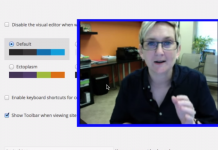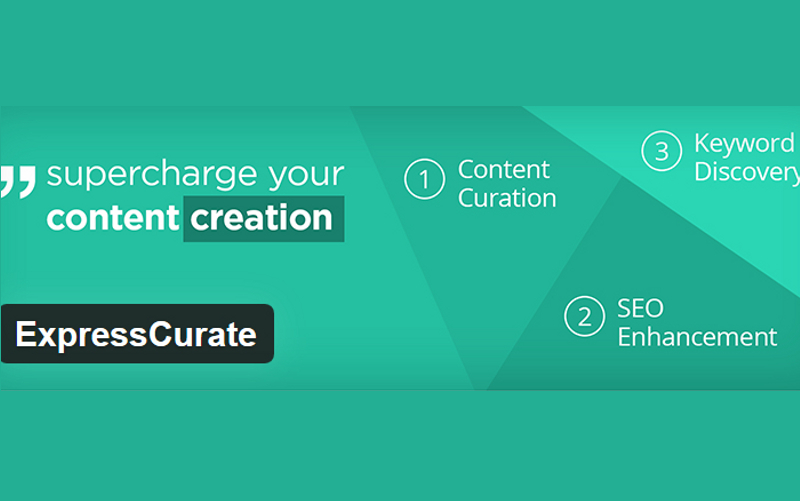Your WordPress website requires pages. It also requires posts. What is the difference between the two? Or are there any differences between pages and posts?
When you work on WordPress, you’ll find that some users use the terms “pages” and “posts” interchangeably. That can make things confusing, especially for newcomers to the platform, since pages and posts are the two most common types of content published. They even have a similar field on your WordPress dashboard.
Definition of a WordPress Post
Most WordPress users will publish content through the posts platform. Any content that is posted to a blog on your WordPress site qualifies as a post. Most blogs on WordPress are designed to place the most recent post at the top of the page a visitor sees. Then older posts are available beneath the one you’ve just published.
This format, though sometimes a little confusing to someone unfamiliar with the structure of WordPress or blogs in general, makes it easier to read the most recent posts you’ve published.
The posts you create remain in the order you published them, even if you update them in the future for some reason. That allows a visitor to see the progress of your content, though in reverse order. If you published a 3-part post, for example, then Part 3 would be on top. Part 1 would be on the bottom.
If you publish posts frequently, then you may wish to take advantage of the feature which archives older posts on WordPress. That keeps the posts available via search for visitors to your site without muddling up how your blog displays. Certain plugins can make older content available with direct links if it is popular content, but older, and buried underneath your other publications.
Posts do have one specific advantage over pages: they are designed to provide timely content to visitors, which means they are designed to be included within an RSS feed. For most sites, pages are not designed to act in this manner.
Definition of a WordPress Page
When you are publishing a page on WordPress, then the process is virtually the same as it is when you’re publishing a post. How you enter the content is exactly the same.
The difference here is how the content will be displayed on your site. With WordPress pages, what you’re creating is a landing page for your website. The page is given a specific URL which can be directly inputted within a browser to access the content.
Posts can receive a specific URL as well. The difference is that you can access posts through the primary blog URL or the post URL. With a page, it can only be accessed through the page URL.
That means pages have a direct advantage over posts: they are hierarchal. You can build subpages off your published pages to create a navigational user experience for your website visitors. Posts do not offer this option, though you can replicate it somewhat by including important post links within the new content you publish.
Landing pages can be used for a variety of website needs. If you have an “About Me” page, for example, then you would publish using the WordPress pages option. Privacy policies, terms of service, and specific product pages are all examples of how you could structure a page to benefit your website.
What makes a page different than a post is that it is not designed to be shared. Posts are specifically structured to be shareable content that others can easily consume. Pages are designed to be searchable content that brings new people to your WordPress site because of how you’ve structured the content.
An additional variation between WordPress pages and posts is that a page is not generally permitted to have a comment area. You may have the option to alter the coding of the page to include comments in some themes and setups, but for most users, this is not the default option.
WordPress Websites Should Have Pages and Posts
Although the definition of a “page” or a “post” can sometimes be confusing, the need for valuable content on your website applies to both definitions. If you create a value proposition with your content that is attractive to site visitors, then you’ll have them keep coming back to your pages and posts when you update the content.
Take advantage of your website template to quickly and easily format your pages and posts. Publish on a regular basis. In doing so, you will be able to maximize the impact your new content makes every day.








